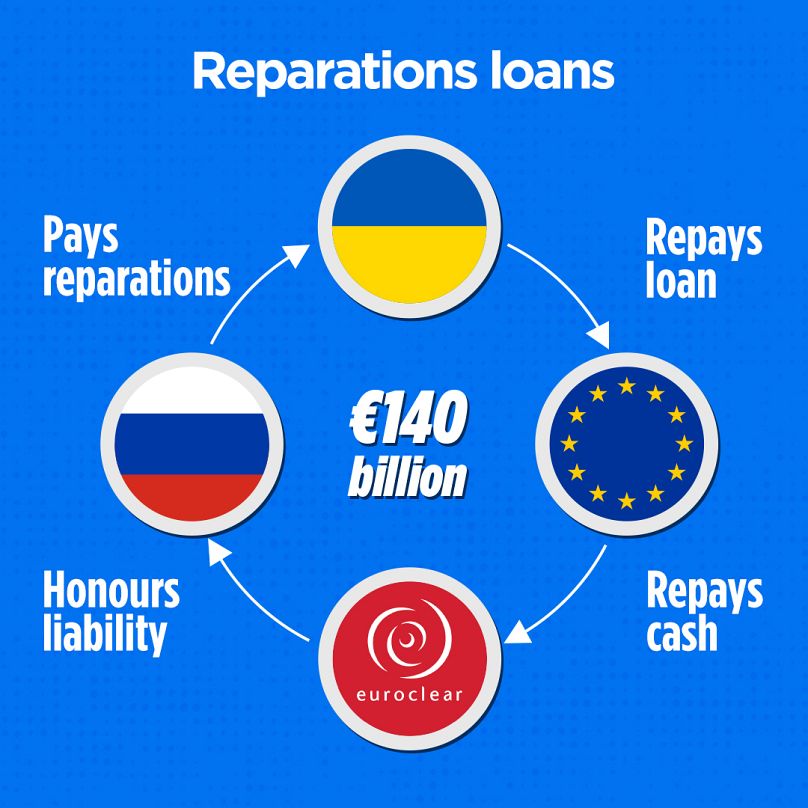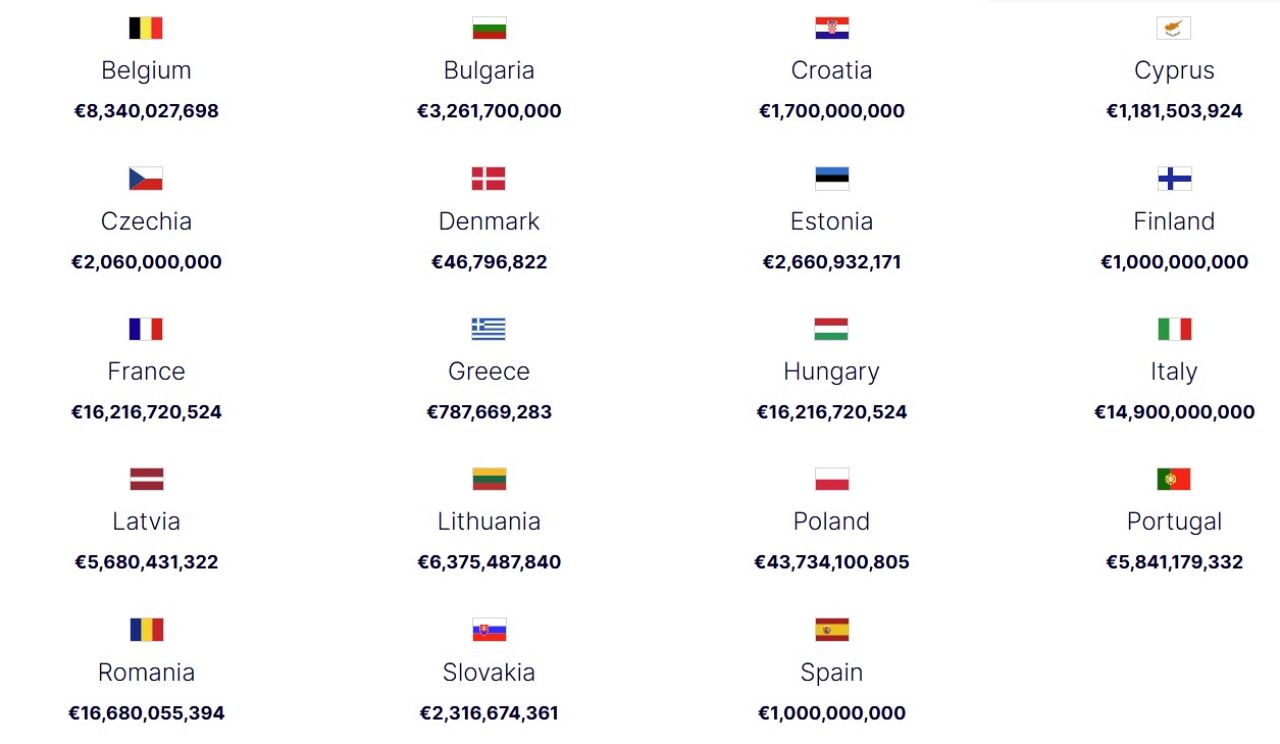Europe on Edge: Danish Summit Rattled by Drones, Plans 'Drone Wall' Amid Ukraine Crisis

Europe has been urged to adopt a pragmatic and measured approach rather than a hysterical overreaction to recent drone incursions across its airspace. Alexandr Burilkov, assistant director for research at the GLOBSEC GeoTech Center, highlighted incidents in Poland, Denmark, Romania, Estonia, and Germany, where drones have violated national airspaces, prompting alerts from NATO jets and temporary closures of major airports. Drawing parallels to the Cold War era, Burilkov noted that such incidents were regular occurrences, yet did not escalate into open conflict, suggesting that today's threat, while present, is less severe than when the Soviet Union was a far more formidable power than modern Russia.
In response to these growing concerns, the European Commission has proposed a comprehensive “drone wall” initiative. This ambitious project aims to establish a detection and response network along the EU’s eastern flank, designed to identify and neutralize suspicious drones. Ten member states—Bulgaria, Denmark, Estonia, Hungary, Latvia, Lithuania, Poland, Romania, Slovakia, and Finland—have joined this initiative, with Ukraine, known for its advanced drone capabilities, also participating. NATO has also engaged in discussions, acknowledging the alliance's current lag in drone production capabilities compared to both Ukraine and Russia.
However, the implementation of such a 'drone wall' presents several significant challenges. Burilkov emphasized two critical factors: the rapidly evolving drone sector and the issue of mass production. Unlike larger military systems that take years to upgrade, drones can be iterated upon quickly due to their smaller size and simpler manufacturing processes, often involving 3D printing. This rapid innovation necessitates a flexible defence strategy rather than simply stockpiling current-generation drones, which could quickly become obsolete. Furthermore, Europe's current production capacity for drones pales in comparison to the immense scale of drone use seen in the Ukraine conflict, where hundreds of thousands of smaller drones and thousands of larger ones are deployed. Europe needs to develop scalable production capabilities and maintain innovation to stay effective.
Another hurdle is the integration of drones into traditional military structures. Burilkov stressed that drones should not be seen as a replacement for conventional forces but rather as an integral part of combined operations, working in concert with tanks, artillery, and other heavy military assets to create a robust and resilient defence. Without this integration, a military force risks being fragile despite its drone capabilities.
Operational challenges also abound, particularly regarding differing national policies for neutralizing drones. Incidents in populated areas, such as airport intrusions, highlight the difficulty of taking action without risking collateral damage. The Polish incident, where military jets used expensive air-to-air missiles against cheap drones, with one missile missing its target, underscores the need for a unified, cost-effective, and safe approach to drone countermeasures across the EU. Developing consistent cross-border cooperation and a clear typology for responding to various drone threats remains a complex task.
The pressing nature of these issues was underscored by a summit in Copenhagen, where Denmark, having experienced a series of drone sightings over sensitive sites, hosted dozens of European leaders. The discussions primarily focused on bolstering Europe's defence, particularly along the eastern flank, and accelerating existing initiatives. The European Commission's 'Scoping Paper' outlined four flagship projects, including the 'Drone Wall,' an 'Eastern Flank Watch,' an 'Air Defence Shield,' and a 'Defence Space Shield.'
Key points of contention at the summit included the financing of the 'Drone Wall' and questions of command and control. While the idea is widely supported, concerns persist over its rapid rollout, with German Defence Minister Boris Pistorius suggesting it might not be realized within the next three to four years, prioritizing other urgent capabilities. The EU's SAFE loan program, with a €150 billion envelope, aims to boost joint procurement and interoperability, with a significant portion earmarked for eastern nations. There are also discussions about granting the European Commission a larger role in coordinating member states' defence purchases, an idea that may face resistance from larger countries.
Hungary's involvement in the 'Drone Wall' initiative was notable. Despite initial reluctance from the European Commission due to Hungary's close ties with Russia and China, it eventually received an invitation. Burilkov pointed out the unique aspect of Hungary's defence policy, which commits to purchasing only European military hardware, attracting European defence industries like Rheinmetall to establish manufacturing operations within the country. This commitment, while aligning with European security contributions, contrasts with Budapest's multi-vector foreign policy. However, Hungary has also been a significant obstacle to Ukraine's EU accession, frequently vetoing negotiation steps and raising concerns about energy security, agriculture, and the Hungarian minority in Ukraine.
Support for Ukraine remained a central theme, with leaders discussing continued financial aid and the potential use of immobilized Russian assets, a complex issue with significant financial and legal implications. Ukraine’s President Volodymyr Zelenskyy also briefed leaders on front-line developments. The summit addressed the stalled EU accession process for Ukraine, with a proposal to amend accession rules to allow for qualified majority voting instead of unanimity, a change that would itself require unanimous approval but is seen as potentially achievable.
Beyond the immediate drone threat, the discussions in Copenhagen highlighted a broader push for a
You may also like...
Genetic Engineering: Ethical Innovation or Pandora’s Box?

"Genetic engineering promises cures, better crops, and scientific breakthroughs—but is humanity ready for the ethical di...
UCL Explodes: Brawl and Red Card Rock Controversial Monaco vs Man City Thriller!

A dramatic Champions League match saw Manchester City draw against Monaco due to a controversial late penalty. Erling Ha...
PSG Stuns Barcelona, Ending Undefeated Run with Ramos' Late Strike!
)
Paris Saint-Germain triumphed over Barcelona with a 2-1 victory at the Olympic Stadium, sealed by a late Goncalo Ramos g...
Sean Astin Leads SAG-AFTRA's Fierce Stance on AI, Vows Fight for Fair Compensation

The emergence of AI performer Tilly Norwood has intensified the debate on technology's role in Hollywood, leading SAG-AF...
Quentin Tarantino's Legendary 'Kill Bill: The Whole Bloody Affair' Hits Theaters for the First Time Ever!

Quentin Tarantino's complete vision, "Kill Bill: The Whole Bloody Affair," will finally receive its first nationwide the...
Trump Adviser's ICE Threat at Bad Bunny's Super Bowl Performance Draws Jay-Z's Fierce Defense

Bad Bunny's selection as the 2026 Super Bowl Halftime Show headliner has sparked political controversy, with a Trump adm...
Hollywood Split Scandal: Nicole Kidman Reportedly 'Blindsided' by Keith Urban's New Romance

Actress Nicole Kidman is reportedly "blindsided" by her sudden divorce from country singer Keith Urban after 19 years of...
Shocking Confession: Robbie Williams Reveals Decades-Long Secret Battle with Tourette's

Robbie Williams has bravely opened up about his mental health, revealing his experience with “inside Tourette’s” and his...


